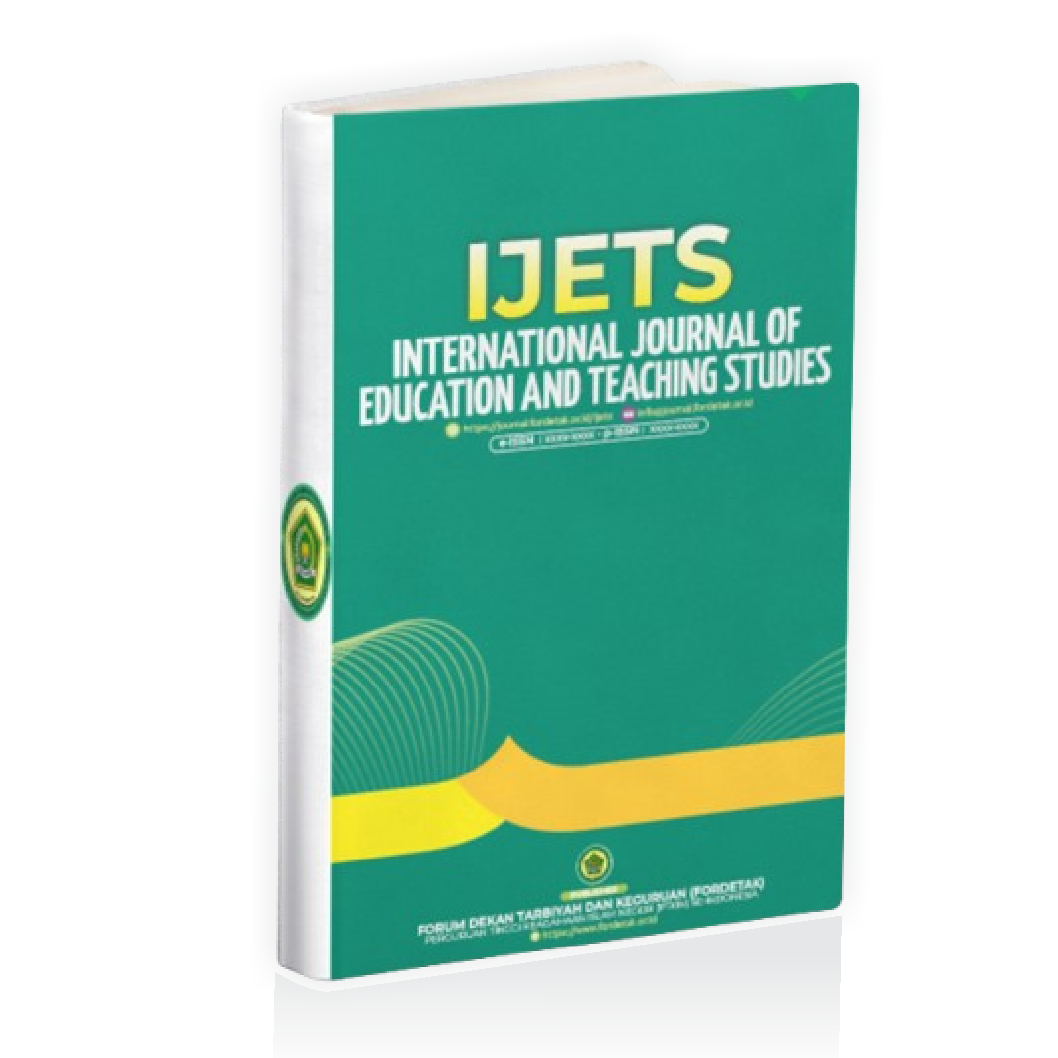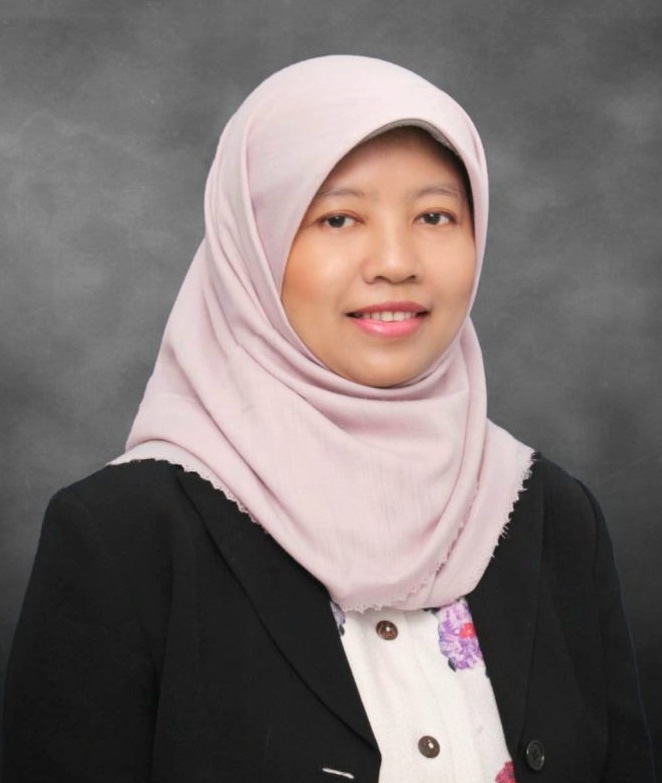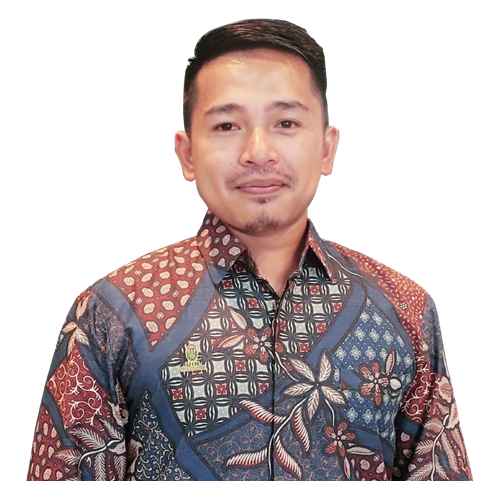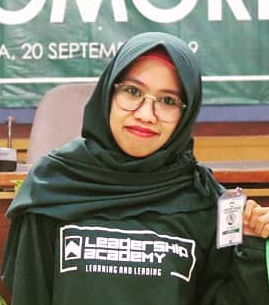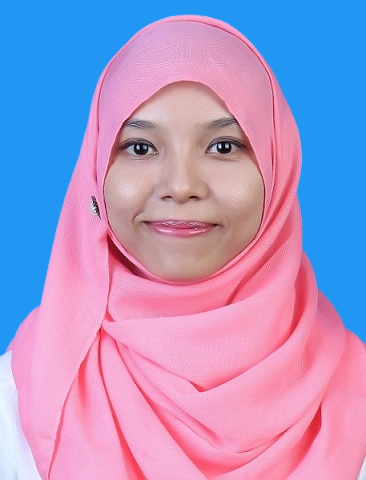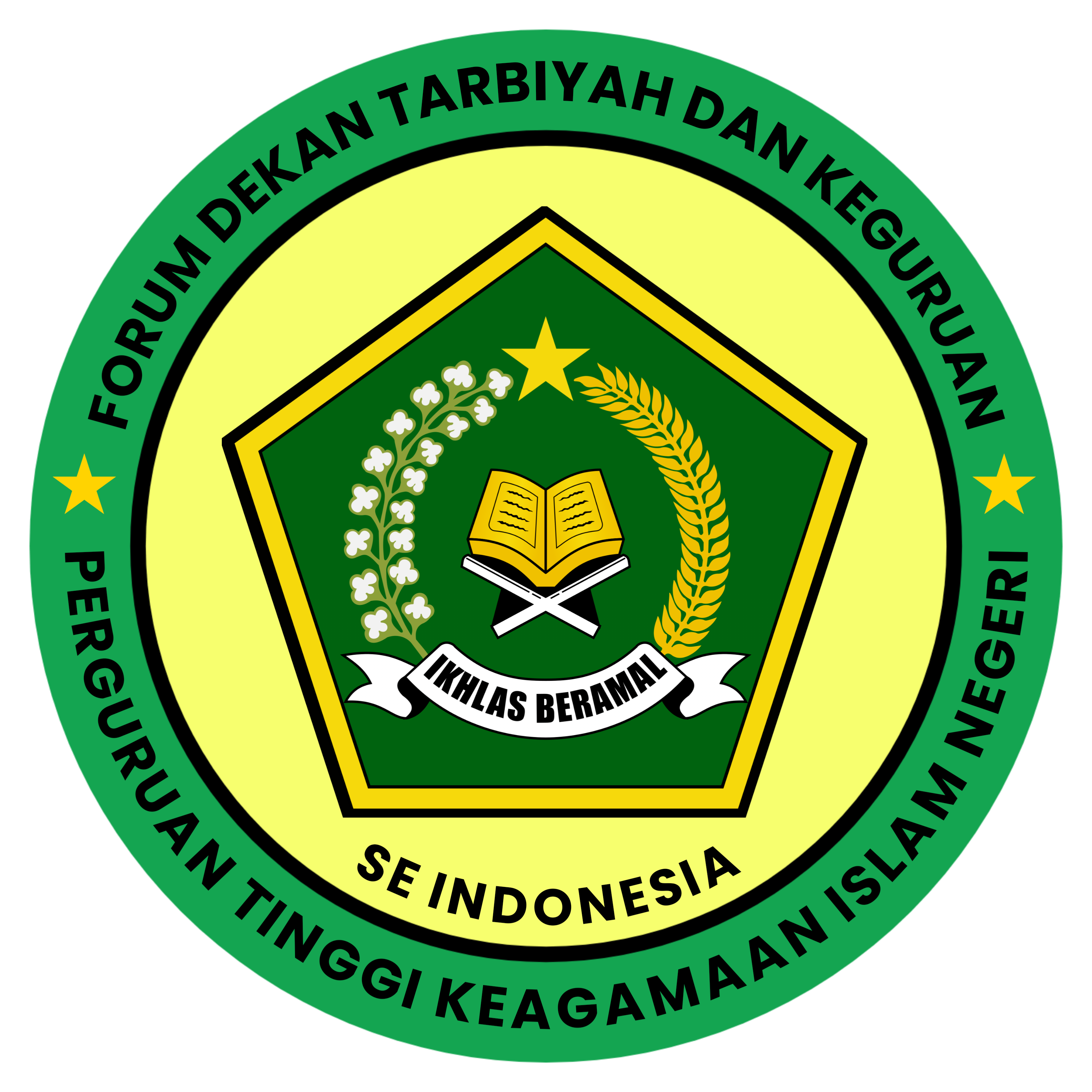The Influence of Hidden Curriculum on Student Character Development in Yemeni Madrasahs
Keywords:
Hidden Curriculum, Student Character, Yemen MadrasahAbstract
This research aims to explore and analyse in depth how the hidden curriculum, consistently implemented within the madrassa environment, influences students' character development in different madrassas in Yemen. Using a qualitative approach focused on a case study method, this research collected data from 30 students and 10 teachers through in-depth interviews, observations, and document analysis to identify hidden elements of the curriculum that significantly contribute to shaping students' morals, discipline, and personal integrity. The findings reveal that the hidden curriculum not only reinforces the formal values taught in religious subjects but also creates patterns of interaction and culture that strongly influence students’ character development in subtle yet powerful ways. This study contributes by providing broader insights into the importance of recognizing implicit aspects within the madrasah educational environment that play a role in character education, thus encouraging the development of a more holistic, student-centered educational strategy that takes into account the influence of hidden curriculum elements on shaping students' personalities. These findings are expected to serve as a foundation for policymakers and educators in madrasahs to formulate more effective character-building approaches by maximizing the potential of the hidden curriculum's implicit elements.
References
Abdellatif, M. S. (2022). Moral Intelligence and its Relationship to Academic Entitlement and Academic Performance of Secondary School Students. European Journal of Educational Research, volume-11-(volume-11-issue-4-october-2022), 2291–2301. https://doi.org/10.12973/eu-jer.11.4.2291
Al-Mekhlafi, M. A. A. (2020). Yemeni EFL Student Teachers’ Moral Intelligence and its Relationship to their Academic Achievement: الذكاء الأخلاقي للطلاب اليمنيين الدارسين للغة الإنجليزية كلغة أجنبية وعلاقته بأدائهم الأكاديمي. مجلة العلوم الإنسانية و الإجتماعية, 4(1). https://doi.org/10.26389/AJSRP.M190719
Allen, K., & Bull, A. (2018). Following Policy: A Network Ethnography of the UK Character Education Policy Community. Sociological Research Online, 23(2), 438–458. https://doi.org/10.1177/1360780418769678
Baehr, J. (2017). The Varieties of Character and Some Implications for Character Education. Journal of Youth and Adolescence, 46(6), 1153–1161. https://doi.org/10.1007/s10964-017-0654-z
Bates, A. (2019). Character education and the ‘priority of recognition.’ Cambridge Journal of Education, 49(6), 695–710. https://doi.org/10.1080/0305764X.2019.1590529
Begum, A., Jingwei, L., Haider, M., Ajmal, M. M., Khan, S., & Han, H. (2021). Impact of Environmental Moral Education on Pro-Environmental Behaviour: Do Psychological Empowerment and Islamic Religiosity Matter? International Journal of Environmental Research and Public Health, 18(4), 1604. https://doi.org/10.3390/ijerph18041604
Bejerano, A. R., & Bartosh, T. M. (2015). LEARNING MASCULINITY: UNMASKING THE HIDDEN CURRICULUM IN SCIENCE, TECHNOLOGY, ENGINEERING, AND MATHEMATICS COURSES. Journal of Women and Minorities in Science and Engineering, 21(2), 107–124. https://doi.org/10.1615/JWomenMinorScienEng.2015011359
Berg, L. A., Jirikowic, T., Haerling, K., & MacDonald, G. (2017). Navigating the Hidden Curriculum of Higher Education for Postsecondary Students With Intellectual Disabilities. The American Journal of Occupational Therapy, 71(3), 7103100020p1-7103100020p9. https://doi.org/10.5014/ajot.2017.024703
Birhan, W., Shiferaw, G., Amsalu, A., Tamiru, M., & Tiruye, H. (2021). Exploring the context of teaching character education to children in preprimary and primary schools. Social Sciences & Humanities Open, 4(1), 100171. https://doi.org/10.1016/j.ssaho.2021.100171
Bray, M., Kobakhidze, M. N., Zhang, W., & Liu, J. (2018). The hidden curriculum in a hidden marketplace: relationships and values in Cambodia’s shadow education system. Journal of Curriculum Studies, 50(4), 435–455. https://doi.org/10.1080/00220272.2018.1461932
Dishon, G., & Goodman, J. F. (2017). No-excuses for character: A critique of character education in no-excuses charter schools. Theory and Research in Education, 15(2), 182–201. https://doi.org/10.1177/1477878517720162
Hermino, A., & Arifin, I. (2020). Contextual Character Education for Students in the Senior High School. European Journal of Educational Research, volume-9-2(volume-9-issue-3-july-2020), 1009–1023. https://doi.org/10.12973/eu-jer.9.3.1009
Høgdal, C., Rasche, A., Schoeneborn, D., & Scotti, L. (2021). Exploring Student Perceptions of the Hidden Curriculum in Responsible Management Education. Journal of Business Ethics, 168(1), 173–193. https://doi.org/10.1007/s10551-019-04221-9
Irfan, A., Lubis, A. F., Setiady, D., & Muhamad, M. (2023). Pembelajaran Pendidikan Agama Islam Bagi Peserta Dauroh Shoifiyah Darul Musthafa, Tarim, Yaman. Tadarus Tarbawy : Jurnal Kajian Islam Dan Pendidikan, 5(2). https://doi.org/10.31000/jkip.v5i2.9896
Jeynes, W. H. (2019). A Meta-Analysis on the Relationship Between Character Education and Student Achievement and Behavioral Outcomes. Education and Urban Society, 51(1), 33–71. https://doi.org/10.1177/0013124517747681
Joynt, G. M., Wong, W.-T., Ling, L., & Lee, A. (2018). Medical students and professionalism – Do the hidden curriculum and current role models fail our future doctors? Medical Teacher, 40(4), 395–399. https://doi.org/10.1080/0142159X.2017.1408897
Kidman, J., Manathunga, C., & Cornforth, S. (2017). Intercultural PhD supervision: exploring the hidden curriculum in a social science faculty doctoral programme. Higher Education Research & Development, 36(6), 1208–1221. https://doi.org/10.1080/07294360.2017.1303457
Lapsley, D., & Woodbury, R. (2016). Moral-Character Development for Teacher Education. Action in Teacher Education, 38(3), 194–206. https://doi.org/10.1080/01626620.2016.1194785
Lee, I. T. (2023). Psychological Approach to Moral Courage and Implications of Moral Education. Journal of Moral & Ethics Education, 81, 67–92. https://doi.org/10.18338/kojmee.2023..81.67
Liao, J. M., Thomas, E. J., & Bell, S. K. (2014). Speaking Up About The Dangers Of The Hidden Curriculum. Health Affairs, 33(1), 168–171. https://doi.org/10.1377/hlthaff.2013.1073
McKenna, L., & Williams, B. (2017). The hidden curriculum in near-peer learning: An exploratory qualitative study. Nurse Education Today, 50, 77–81. https://doi.org/10.1016/j.nedt.2016.12.010
Moyse, R., & Porter, J. (2015). The experience of the hidden curriculum for autistic girls at mainstream primary schools. European Journal of Special Needs Education, 30(2), 187–201. https://doi.org/10.1080/08856257.2014.986915
Neve, H., & Collett, T. (2018). Empowering students with the hidden curriculum. The Clinical Teacher, 15(6), 494–499. https://doi.org/10.1111/tct.12736
Rosadhi, A., & Suhendi, E. (2023). Educational Philosophy of Habib Umar bin Hafidz: Exploring Moral Education Concepts. Jaqfi: Jurnal Aqidah Dan Filsafat Islam, 8(2), 250–273. https://doi.org/10.15575/jaqfi.v8i2.30382
Sabra, N. (2022). Exploring critical thinking in graphic design education in Yemen. Revista GEMInIS, 13(3), 35–43. https://doi.org/10.53450/2179-1465.RG.2022v13i3p35-43
Sarikhani, Y., Shojaei, P., Rafiee, M., & Delavari, S. (2020). Analyzing the interaction of main components of hidden curriculum in medical education using interpretive structural modeling method. BMC Medical Education, 20(1), 176. https://doi.org/10.1186/s12909-020-02094-5
Saripudin, D., & Komalasari, K. (2015). Living values education in school habituation program and its effect on student character development. The New Educational Review, 39(1), 51–62. https://doi.org/10.15804/tner.2015.39.1.04
Silveira, G. L., Campos, L. K. S., Schweller, M., Turato, E. R., Helmich, E., & de Carvalho-Filho, M. A. (2019). “Speed up”! The Influences of the Hidden Curriculum on the Professional Identity Development of Medical Students. Health Professions Education, 5(3), 198–209. https://doi.org/10.1016/j.hpe.2018.07.003
Sotomayor, L., Tarhan, D., Vieta, M., McCartney, S., & Mas, A. (2022). When students are house-poor: Urban universities, student marginality, and the hidden curriculum of student housing. Cities, 124, 103572. https://doi.org/10.1016/j.cities.2022.103572
Suissa, J. (2015). Character education and the disappearance of the political. Ethics and Education, 10(1), 105–117. https://doi.org/10.1080/17449642.2014.998030
Suparto, S., Halid, H., & Mamat, S. A. bin. (2019). BANI ALAWIYYIN IN INDONESIA AND THE MALAY WORLD: Network, Development and the Role of Institution in Transmitting the Peaceful Mission of Islam. JOURNAL OF INDONESIAN ISLAM, 13(2), 267. https://doi.org/10.15642/JIIS.2019.13.2.267-296
Tan, C., & Tan, C. S. (2014). Fostering Social Cohesion and Cultural Sustainability: Character and Citizenship Education in Singapore. Diaspora, Indigenous, and Minority Education, 8(4), 191–206. https://doi.org/10.1080/15595692.2014.952404
Villanueva, I., Carothers, T., Di Stefano, M., & Khan, M. T. H. (2018). “There Is Never a Break”: The Hidden Curriculum of Professionalization for Engineering Faculty. Education Sciences, 8(4), 157. https://doi.org/10.3390/educsci8040157
Walker, D. I., Roberts, M. P., & Kristjánsson, K. (2015). Towards a new era of character education in theory and in practice. Educational Review, 67(1), 79–96. https://doi.org/10.1080/00131911.2013.827631
Warren, K., Mitten, D., D’Amore, C., & Lotz, E. (2019). The Gendered Hidden Curriculum of Adventure Education. Journal of Experiential Education, 42(2), 140–154. https://doi.org/10.1177/1053825918813398
Yang, J. (2022). Value and Application of Traditional Culture of Embedded Network Teaching Platform in Moral Education in Colleges and Universities. Computational and Mathematical Methods in Medicine, 2022, 1–13. https://doi.org/10.1155/2022/2096583
Zhang, D., & Luo, Y. (2016). Social Exclusion and the Hidden Curriculum: The Schooling Experiences of Chinese Rural Migrant Children in an Urban Public School. British Journal of Educational Studies, 64(2), 215–234. https://doi.org/10.1080/00071005.2015.1105359
Downloads
Published
How to Cite
Issue
Section
Citation Check
License
Copyright (c) 2025 Adurrahman, Fadilla Syahriani, Ferdi Yufriadi

This work is licensed under a Creative Commons Attribution-ShareAlike 4.0 International License.

